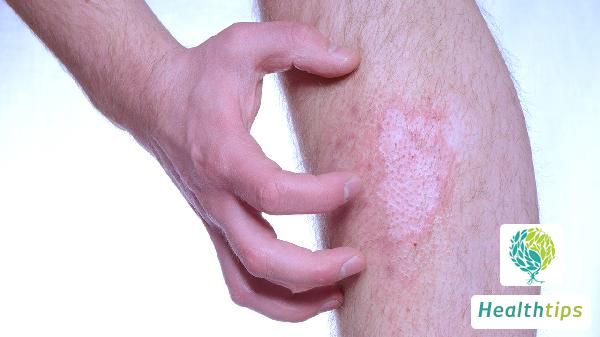What Are the Precautions for Gastric Tube Feeding Care?

When feeding through a gastric tube, it is first necessary to secure it to avoid kinking and dislodging. To fix the gastric tube, white rubber adhesive tape should be applied to the tip of the nose, and the tape should be replaced daily to ensure cleanliness and hygiene. At the same time, it is important to keep the gastric tube unobstructed by regularly flushing and suctioning gastric juice. Generally, flushing should be performed every 4 hours. When flushing, excessive force should not be used.
1. During intubation, handle the tube gently to avoid damaging the esophageal mucosa.
2. Insert the gastric tube 10-15 centimeters. If the patient is awake, instruct them to swallow to facilitate the smooth entry of the tube into the esophagus. For unconscious patients, you can lift the patient's head with your hand to bring the chin closer to the sternal manubrium, which is conducive to intubation.
3. If the patient experiences choking, dyspnea, or other symptoms during intubation, it may indicate that the gastric tube has entered the airway. In this case, remove the gastric tube and re-intubate.
4. After each insertion of the gastric tube, ensure that the tube remains in the stomach. Use a small amount of warm water to flush the tube before feeding to prevent clogging.
5. Nasogastric fluid should be around 38°C. Avoid overeating, as this can irritate the gastric mucosa.
6. Patients requiring long-term nasogastric feeding should undergo oral care twice daily and frequently change the gastric tube. Regular gastric tubes should be changed weekly, while silicone gastric tubes should be changed monthly.
7. Patients with esophageal varices or esophageal obstruction should avoid nasal medication, which means they should not be intubated with a gastric tube.



















